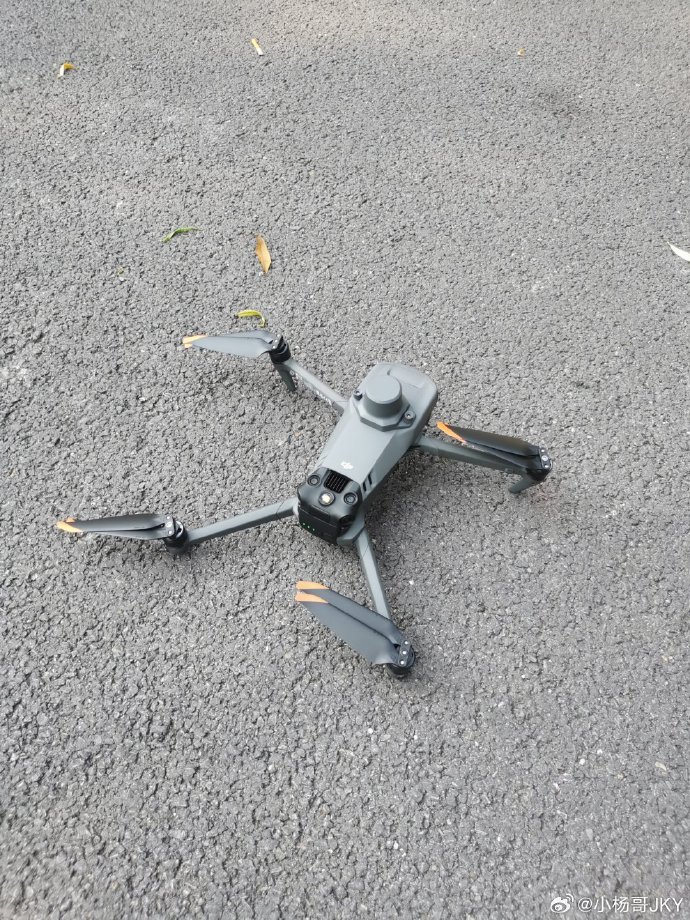Exploring the Future Innovations in Air Force Combat Drones
The development of air force combat drones marks a revolutionary stride in military technology. As nations invest in these unmanned systems, the strategic impact on warfare tactics has been profound. These drones are equipped with sophisticated surveillance systems and high-precision weaponry, becoming pivotal in modern military operations.
One of the leading innovations in combat drones is their autonomous capability. With advancements in artificial intelligence, these drones can perform complex tasks that were previously human-dependent. Not only can they execute missions with high efficiency, but they also reduce the risk to human life significantly. Sensors and algorithms now enable them to make real-time decisions, adapting to dynamic battlefield scenarios with precision.
Strategic Deployment and Utility
In modern conflict settings, air force combat drones offer unparalleled surveillance advantages. They provide constant intelligence, surveillance, and reconnaissance (ISR), vital for effective mission planning. With capabilities extending to deep infiltration, these drones can gather crucial data with minimal detection risk.
The strategic impact is not limited to surveillance. Combat drones are increasingly used for targeted strikes, reducing collateral damage through precision weaponry. This has transformed tactical operations, enabling forces to strike swiftly while minimizing enemy retaliation.
The Role of Innovation in Enhancing Drone Efficiency
With continuous technological advancements, combat drones are becoming faster and more efficient. Innovations such as hybrid propulsion systems ensure greater endurance, allowing drones to patrol vast areas without needing frequent refueling. Moreover, the integration of stealth technology helps these drones evade radar detection, penetrating deep into enemy territory undetected.
Communication systems have also seen significant development. Encrypted data links ensure secure transmission of information between the drones and command centers, protecting critical data from interception.
Additionally, future drone systems are expected to incorporate swarming technology, where multiple drones work collaboratively to overwhelm defensive systems and achieve strategic objectives.
As technology progresses, the scope of tasks that drones can handle is likely to expand exponentially. Military tactics are adapting rapidly to leverage these innovations, creating a strategic paradigm shift.

Notably, ethical considerations are emerging regarding the autonomous decision-making capabilities of air force combat drones. It’s essential to establish globally accepted rules and regulations to govern their use, ensuring technological advancements do not compromise humanitarian laws.
FAQs
What are the most common types of air force combat drones?
Currently, the most common types include reconnaissance drones, strike drones, and multi-role drones, each serving unique strategic functions.
How do air force combat drones enhance military intelligence?
They provide real-time data collection and analysis capabilities, offering critical insights into enemy movements and infrastructure which aids strategic decision-making.
Are there any limitations to the use of combat drones?
While they offer significant advantages, issues such as compliance with international law, susceptibility to hacking, and high operational costs are some limitations faced by military forces.